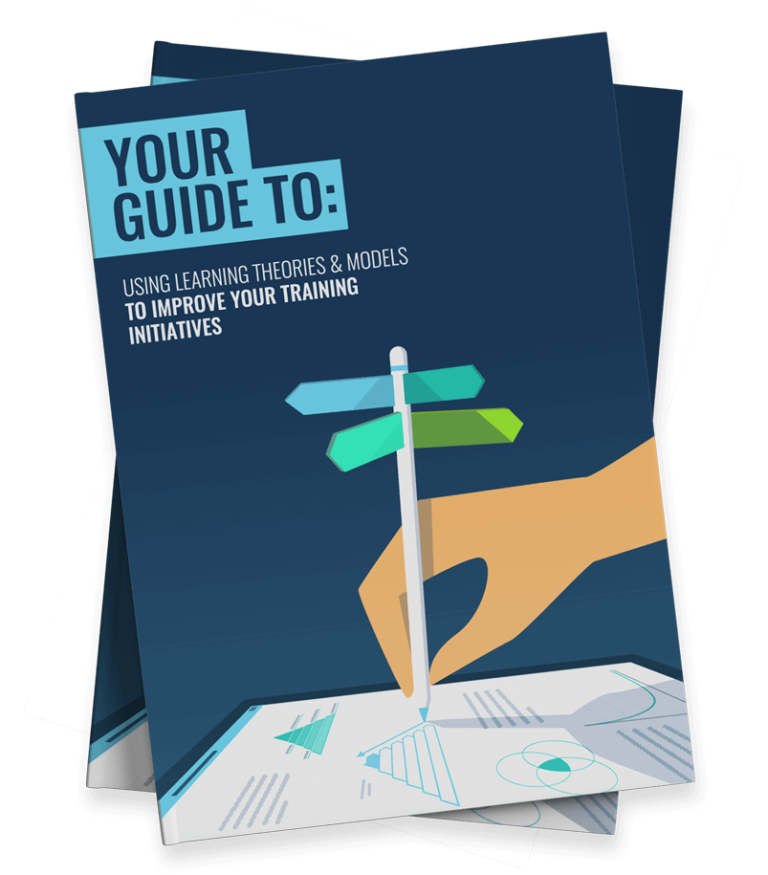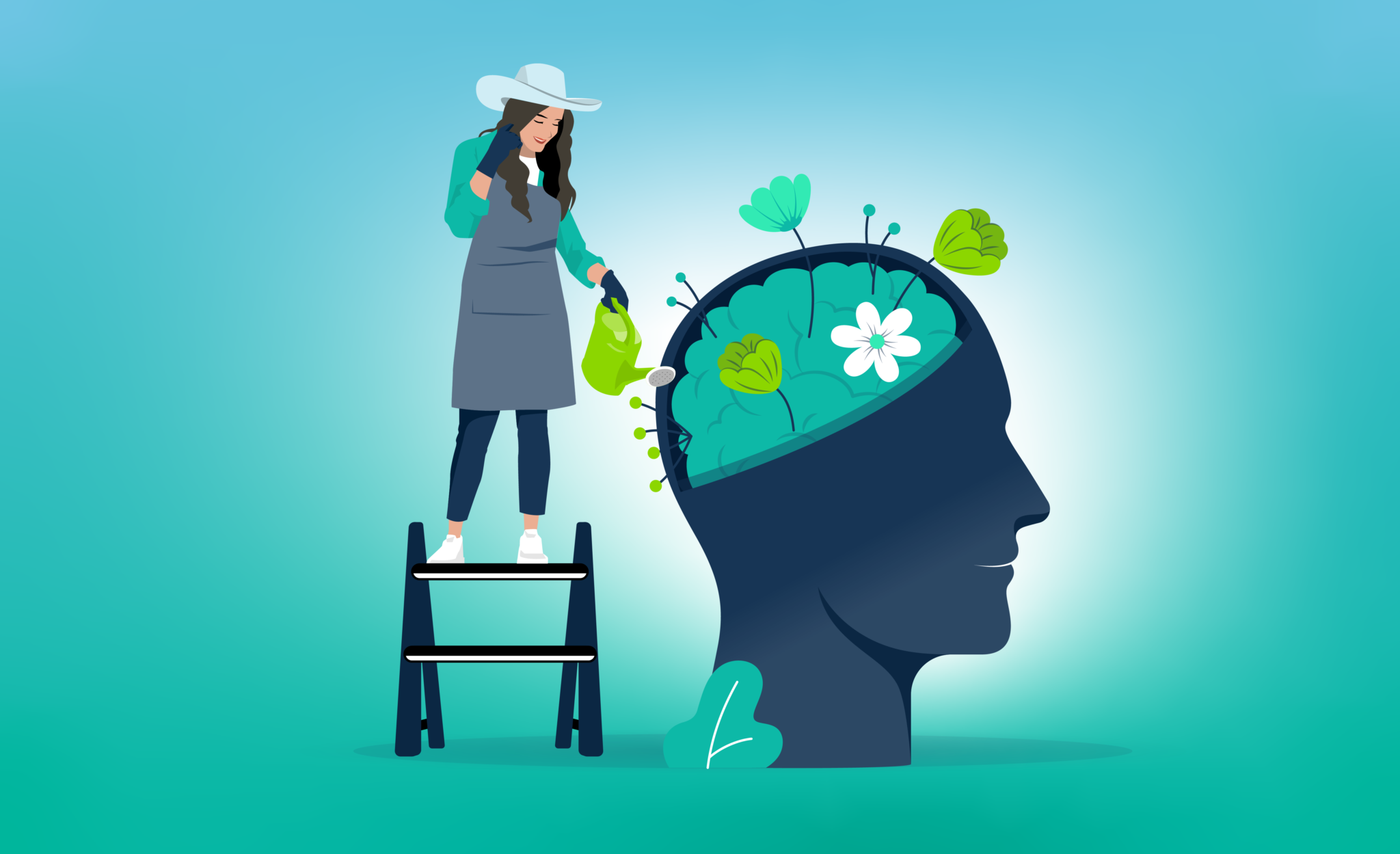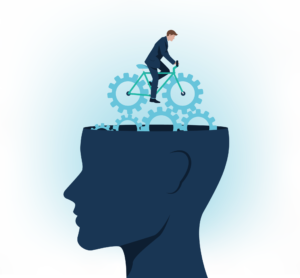 Few individuals have made a more profound impact on the educational landscape than John Dewey. He challenged prevailing norms by advocating for a progressive ‘hands-on’ form of education. This made him a polarising and enthralling figure.
Few individuals have made a more profound impact on the educational landscape than John Dewey. He challenged prevailing norms by advocating for a progressive ‘hands-on’ form of education. This made him a polarising and enthralling figure.
After all, change always ruffles a few feathers. His learning theory remains influential because it focuses on the role of our experiences, active engagement and our capacity for reflection.
It’s easy to see why these ideas have had staying power. After all, would you say it’s better to learn how to ride a bike by reading a textbook, or by saddling up?
As Dewey himself puts it, ‘Education is not preparation for life; education is life itself’.
Learning theories help us to understand how we acquire knowledge, skills and new behaviours. In turn, this helps us to build optimised learning environments and frameworks for effective instruction.
With this in mind, John Dewey’s learning theory still has plenty to offer modern audiences. During this article, we’ll break down the central tenets of the theory, explore some critiques and apply his teachings to the world of online learning. Let’s dive in!
Who is John Dewey?
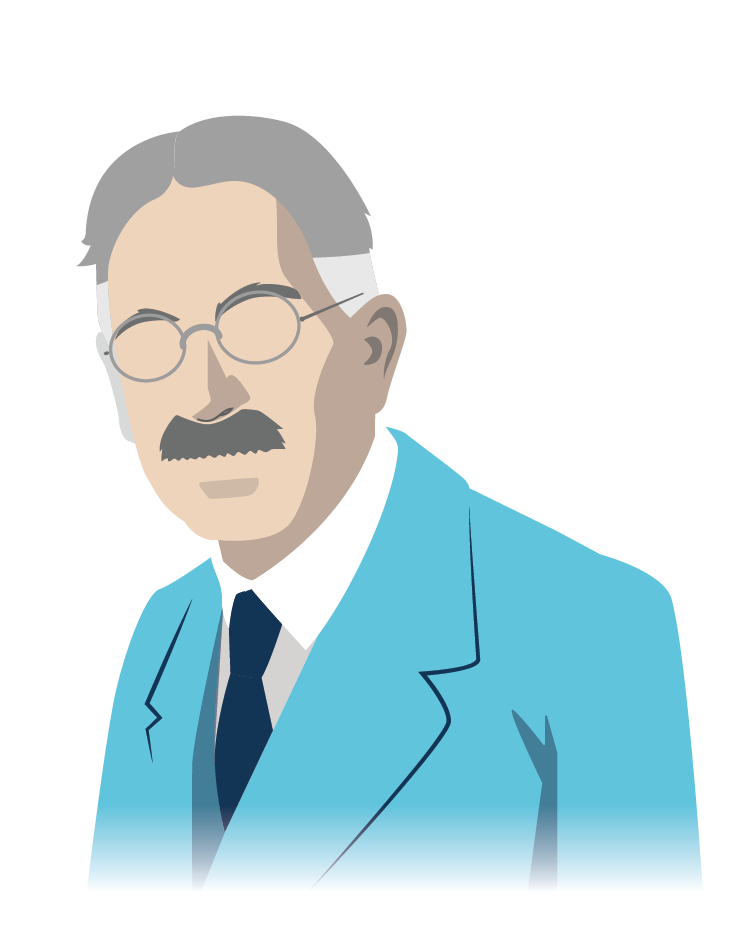 John Dewey (1859-1952) was a renowned American philosopher, psychologist and educational reformer. He was a prodigious scholar and one of the leading proponents of the school of thought known as pragmatism.
John Dewey (1859-1952) was a renowned American philosopher, psychologist and educational reformer. He was a prodigious scholar and one of the leading proponents of the school of thought known as pragmatism.
During his time, Dewey held faculty positions at the University of Michigan and the University of Chicago. He published influential works such as Democracy and Education, The Public and its Problems and Experience and Nature.
He was a staunch advocate for democracy and a major voice for progressive education throughout the 20th century. As historian Henry Steele Commager puts it, Dewey was ‘the guide, the mentor, and the conscience of the American people’.
Likewise, historian James Harvey Robinson called Dewey, ‘the chief spokesman of our age and chief thinker of our days.’ In China, he was even labelled a ‘second Confucius’.
Sadly, not everyone paints such a flattering picture of John Dewey. Conservative publications often add Democracy and Education to lists of dangerous books alongside the likes of Mein Kampf and Quotations from Chairman Mao.
What’s more, there’s an article in The Atlantic, titled ‘How Dangerous is John Dewey?’. President Eisenhower even went as far as blaming America’s educational deficiencies on ‘John Dewey’s teachings’.
That said, his influence has never been in doubt. His ideas continue to shape modern education, curriculum design and instructional methodology. Let’s explore his theories in more detail.
John Dewey’s Learning Theory
John Dewey wrote extensively and shared countless ideas about educational and social reform. In many respects, this was his life’s work. These ideas are collectively known as ‘John Dewey Theory’ or John Dewey’s learning theory.
In order to understand this theory, we must first understand the role that education played in Dewey’s mind. As he notes in My Pedagogic Creed, he saw education as ‘the fundamental method of social progress and reform’.
In other words, education is a way of cultivating thoughtful, reflective and engaged individuals. It should help us to become better people.
It is not a matter of passively and unquestioningly consuming pre-set curricula. For Dewey, rote learning (or memorisation) was an anathema.
Dewey’s rejection of formal learning pathways led to him being labelled a progressive. But he never advocated for a completely unfettered form of learning. Unlike what many of his critics will tell you, he never sought to turn classrooms across the land into the wild west.
After all, he recognised that we all have uninformed interests and impulses. As such, he argued that we should combine traditional subjects with the interests and experiences of learners.
Dewey also believed that education, as a whole, was too reductive. Traditional approaches tend to be definitive in nature. They assume that we’ve answered all of life’s big questions and have already had all our best ideas. They leave no wiggle room.
But for Dewey, this wiggle room is where students thrive. Nothing is set in stone. All concepts should be open to reinvention or improvement. And in Dewey’s classroom, there was always room for new ideas.
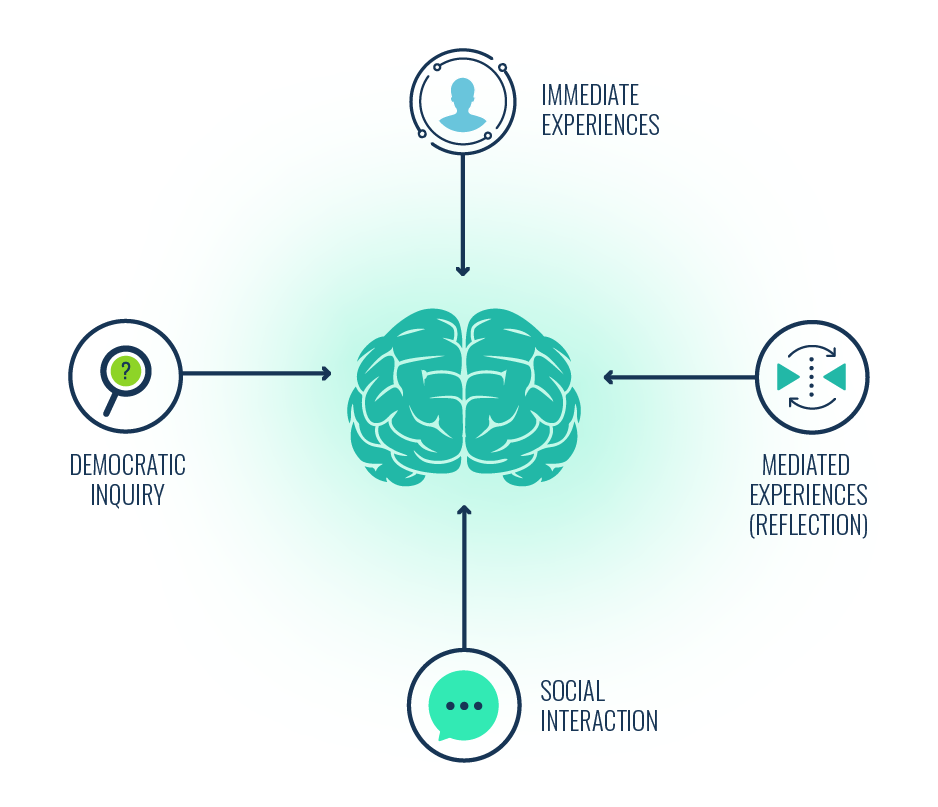
With this in mind, here are the central tenets of John Dewey’s learning theory:
- Learning happens through experience, or by getting ‘hands-on’.
- Learning requires active engagement.
- Learning should take place within a social context.
- Learning should be a democratic process.
- Reflecting on our experiences drives more meaningful learning outcomes.
We’ll explore these individual elements one-by-one. That said, it’s impossible to talk about John Dewey’s learning theory without centralising the role of experiential learning. Let’s tackle that tenet first.
The Role of Experience in Learning
As we’ve seen, Dewey denounced passive learning. He believed that genuine learning only occurs when we actively engage with an experience, interact with our environment or work through a scenario. In other words, learning requires a ‘hands-on’ approach.
Of course, the process doesn’t stop there. Once an experience leads us to a new idea or concept, we then test and refine it. This results in another new experience and a powerful feedback loop.
In Dewey’s words, ‘there is an intimate and necessary relation between the process of actual experience and education’. They link together and form a symbiotic relationship.
As such, it’s experience that helps us to gather information, build our knowledge and develop new skills. And this can only happen when we’re playing an active and engaged role in a learning process.
Indeed, learning experiences become more meaningful when we are given opportunities to engage, question and critique. Giving your learners the freedom to explore, solve problems and overcome challenges creates better learning outcomes.
Naturally enough, this calls to mind David Kolb’s influential experiential learning theory. Kolb’s model provides a practical framework for experiential learning, whilst Dewey’s work provides the philosophical foundation.
Dewey made a distinction between two different types of experience:
- Immediate: First hand interaction with the world and the collection of sensory data.
- Mediated: The mediation of immediate experiences through reflection and analysis.
Both types of experience play a key role during a learning process. Let’s explore the importance of reflection next.
The Role of Reflection in Learning
 For Dewey, experience alone is insufficient. True learning isn’t automatic. It only occurs when we reflect back on our experiences.
For Dewey, experience alone is insufficient. True learning isn’t automatic. It only occurs when we reflect back on our experiences.
Reflection, of course, is another type of experience (a ‘mediated experience’). It grants us the opportunity to connect our immediate experiences with our prior understanding. Analysing both allows us to build and refine our knowledge.
As a result, we’re no longer just processing or memorising information. We’re exploring the underlying causes, consequences and governing principles associated with our experiences. This inevitably leads to a deeper understanding.
It also makes it easier for us to transfer what we’ve learned into other contexts and develop our critical thinking faculties. In other words, we’re that much closer to transforming into the engaged and thoughtful individuals that Dewey wanted us to become.
It’s clear that experience and reflection are key parts of any learning process. But there’s another piece of the puzzle left for us to explore.
The Role of Social Learning
In John Dewey’s learning theory, all learning occurs within a social environment. In this sense, knowledge is socially constructed based on our experiences. As Dewey puts it, the ‘educational process has two sides — one is psychological and the other is sociological’.
As a result, he was a strong advocate for cooperative or collaborative learning environments. After all, social learning allows us to share experiences and reflect on what’s been learned.
It also allows us to create ‘communities of inquiry’. These are spaces where learners are encouraged to ask questions, consider new ideas and perspectives and participate in debates.
Consider the Buddhist parable of the Blind Men and the Elephant. In this story, six blind men are trying to make sense of the object they are touching. One believes it’s a tree, another believes it’s a rope and another believes it’s a wall. In reality, it’s an elephant.
As they refuse to cooperate, they are stuck in their own limited perspectives. However, if they formed a community of inquiry, they could share their experiences and drive towards a more comprehensive understanding.
And let’s not forget, Dewey was a staunch believer in democracy. Communities of inquiry help learners to practise democratic principles. This, in turn, helps them to develop critical thinking ability, social skills and emotional intelligence.
What Role Do Instructors Play?
This begs the question: what role does a teacher or instructor play in a democratic learning experience?
After all, Dewey’s theory is learner-centric. This shifts the focus away from authoritarian teacher figures. Instead, teachers and instructors serve as facilitators, mentors and guides.
Instructors should focus on creating environments and activities that promote experiential learning. This could include demonstrations, simulations, role-playing scenarios, project-based learning, field trips and so on.
They should also seek to cultivate communities of inquiry. This requires fostering curiosity and learner engagement. Asking difficult questions, presenting problems and setting challenges is a great way to achieve this.
As a result, your instructors will no longer be mere information-delivering machines. Instead, they are active participants in the democratic process that is learning. They are there to guide your audience and facilitate meaningful learning experiences.
Criticisms of John Dewey’s Learning Theory
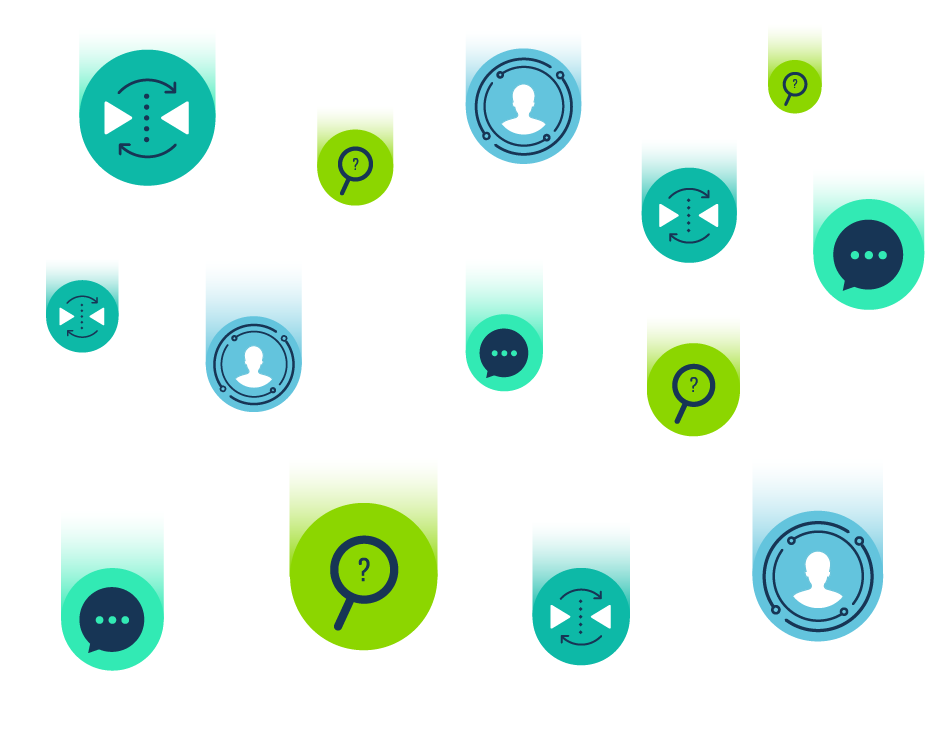 Most critiques of John Dewey’s learning theory tend to focus on its application, rather than its philosophical underpinning. After all, most of us can agree that experiential learning is an effective approach.
Most critiques of John Dewey’s learning theory tend to focus on its application, rather than its philosophical underpinning. After all, most of us can agree that experiential learning is an effective approach.
For instance, Alexander Sidorkin, a professor at California State University, Sacramento has labelled Dewey’s learning theory ‘utopian’, ‘unrealistic’ and ‘not very useful’. Ouch!
Part of the problem is that John Dewey’s learning theory lacks a clear structure. Unlike Kolb’s experiential learning theory, there aren’t obvious stages for your learners to move through. And without these guidelines, the theory is difficult to apply in the real world.
Moreover, creating experiential learning activities can be time-consuming and expensive. After all, your students may fail several times before they reach their objective. Experiential learning also requires well prepared teachers who are skilled facilitators.
Furthermore, effective learning experiences should be balanced and cohesive. For instance, whilst actually riding a bike is the quickest way to learn, it’s helpful to start with some formal guidance and support.
This is what Edgar Dale was driving towards with his (much misunderstood) Cone of Experience.
That said, the world has changed a lot since John Dewey died of pneumonia in June 1952. We’re in the middle of a digital revolution. Learning technology can help to make Dewey’s vision less utopian and more realistic.
Applying Dewey’s Theory with Online Learning
Perhaps Dewey’s learning theory is too progressive to ever gain real traction in traditional classroom-based education. But there’s no reason why it can’t earn a foothold in the world of learning technology.
Platforms like learning management systems and learning apps are designed to promote a wide-range of experiential learning opportunities. They also can also fuel learner engagement and facilitate a social learning setup.
With this in mind, let’s revisit the central tenets of Dewey’s theory one more time and explore how they can be supported through learning technology.
Experiential Learning: Dewey tells us that learning is most effective when it’s driven by our unique experiences. There’s plenty of ways to facilitate hands-on learning through learning technology. For instance, scenario-based learning, VR and AR, learning games, interactive eLearning, collaboration tools and so on.
Active Engagement: Engagement also plays an important role in any learning process. How else can you expect to change learner behaviour? Learning technology utilises game mechanics like Badges, XP, Levels and Leaderboards to encourage certain behaviours. Learning games and social features can also boost engagement.
Learner Reflection: John Dewey’s theory centres both direct experiences and mediated experiences (our reflections). Learning technology provides ample opportunities for reflection and feedback through discussion forums, journals, challenges, polls, surveys, quizzes, assessments and more.
Social Learning: As Dewey notes, all learning takes place within a social context. Unfortunately, online learning has a reputation for being a solitary experience. But that doesn’t have to be the case. Most modern platforms offer forums, live chat, and expert areas. They can also be used to host video conference events (vILT).
Democratic Learning: Democracy is a key part of John Dewey’s philosophy. Technology democratises the learning experience by providing easy access to content and the freedom for learners to pick their path. As such, learners are no longer at the mercy of their instructors and can choose their own adventure.
It’s easy to see how learning technology could bring John Dewey’s vision to life — if it’s utilised correctly. If you create a learning environment that ticks all these boxes then engagement, behaviour change and business impact are sure to follow.
It’s also tempting to wonder what Dewey would have made of learning technology. We’d speculate that he’d be all for technology that supported experiential learning, providing it wasn’t used to facilitate passive information consumption.
Final Words:
John Dewey was a man ahead of his time. Unfortunately, despite a slow push towards student-centred learning experiences, educational models have changed very little since the 1950s.
Despite this, Dewey’s learning theory continues to capture the imagination of educators and instructors across the globe. This is likely because its central tenets are very hard to disagree with.
After all, the most memorable learning processes are often rooted in real life experiences. They take place when we are actively engaged and are operating within a social context. This all feeds into our innate curiosity and our desire to understand the world around us.
Thankfully, learning technology can help us to realise John Dewey’s vision. If you’re ready to (finally) ditch rote learning approaches then an exciting and effective future awaits.
Thank you for reading. Would you like to learn more about how you can use learning theories and models to improve your training initiatives? Download our guidebook now!

